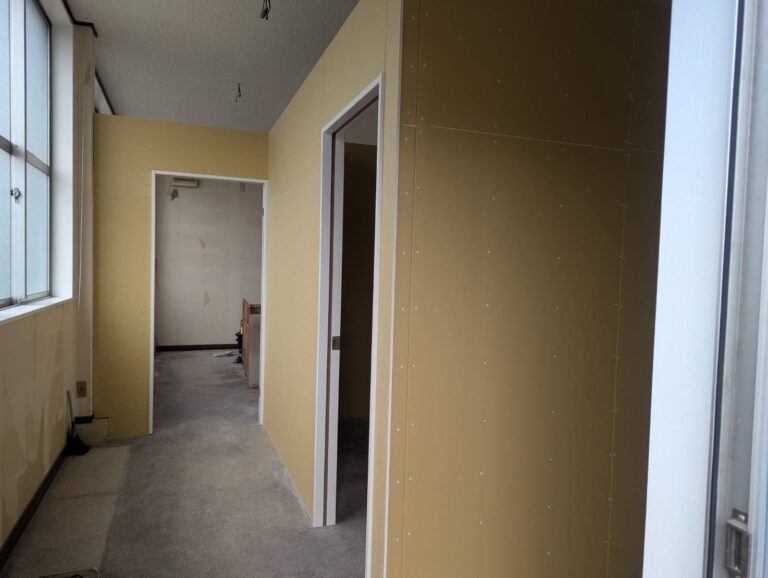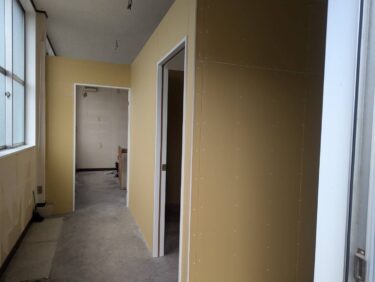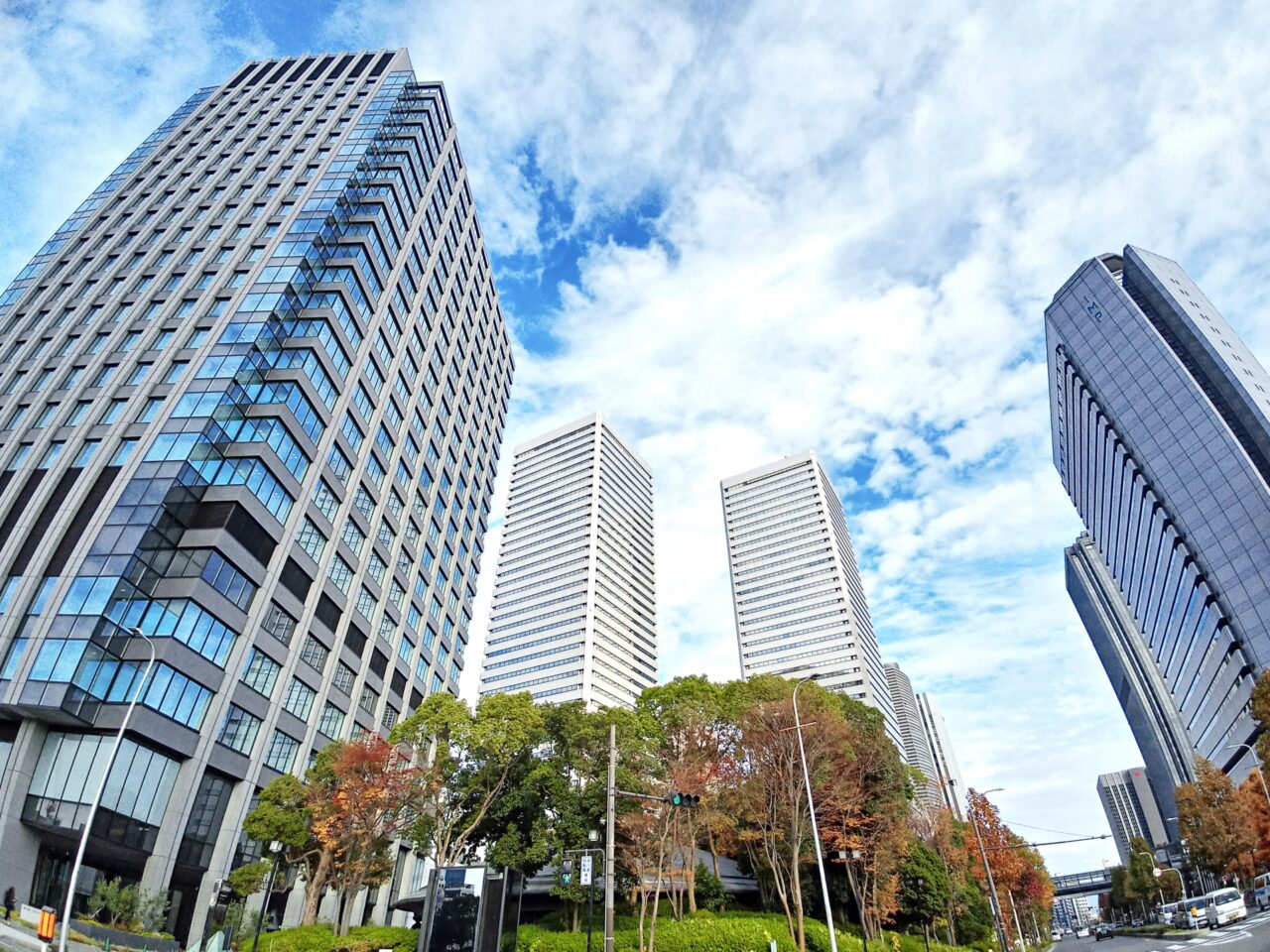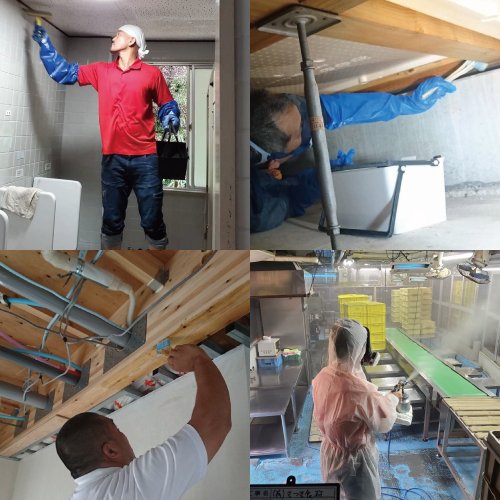Problem Statement:
In upscale residential areas such as Tezukayama, Minoh, and Toyonaka in Osaka, mold damage that is not visually apparent is increasing. In particular, there has been a spate of complaints from foreign residents regarding mold odors, leading to concerns about declining housing values and health hazards.
What you will learn from reading the article:
This article details the actual state of the mold problem in luxury housing in the Kansai area, its impact on indoor air quality and health, its effect on housing values, how to choose a reliable mold contractor, and the latest mold remediation technologies.
Benefits of reading the article:
You will learn how to prevent mold from causing health problems and declining home values. Information on selecting a reliable contractor and the latest mold remediation technologies is a must, especially for those who live in luxury homes or host foreign residents.
Mold Risk Factors Unique to Luxury Residential Areas
Homes in Tezukayama are designed with superior insulation and airtightness, offering excellent energy efficiency. However, this same design tends to trap air, leading to high humidity levels in spaces that lack sufficient sunlight or ventilation—ideal conditions for mold to develop. Basements, storage areas, and guest rooms that are rarely used are particularly vulnerable. Additionally, homes using natural materials, though aesthetically pleasing, are often more susceptible to mold and require special attention.
The Link Between Local Climate and Mold
Osaka experiences high humidity throughout the year, especially during the rainy season and typhoon season, with humidity levels often exceeding 80%. The Tezukayama area, rich in greenery and long periods of shade, retains moisture on walls and outdoor surfaces. Homes without adequate space between neighboring buildings or roads may also suffer from poor airflow, exacerbating ventilation problems. These overlapping conditions significantly increase the risk of invisible mold.
2. Mold Conditions in Minoh and Toyonaka (Hattori Ryokuchi)
Minoh and Toyonaka are highly regarded for their comfortable residential environments that harmonize with nature. However, the very characteristics that make these areas attractive also make them prone to mold. Especially near Hattori Ryokuchi Park, the high humidity levels require year-round vigilance.
Natural Settings and Mold Risk
While the lush greenery around Minoh and Hattori Ryokuchi is beautiful, transpiration from trees and residual surface moisture contribute to humidity around building foundations and exterior walls. This moisture often accumulates in foundation cracks, poorly ventilated attics, and underground spaces—environments conducive to mold growth. In wooden homes, beams and pillars may deteriorate due to mold, potentially leading to structural issues, making regular inspections of unseen areas critically important.
The Hidden Threat of Mold in Luxury Homes
Luxury homes often prioritize soundproofing and insulation during construction, which can trap indoor air. Moisture can accumulate within walls, under floors, and in ceiling cavities, allowing mold to spread. Even brand-new or recently built homes may show signs of mold near inspection hatches or ventilation outlets—suggesting hidden infestations. Caution is essential even when a home appears pristine.
3. The Relationship Between Indoor Air Quality and Mold
Indoor air quality is heavily influenced by the presence of mold. In tightly sealed or poorly ventilated rooms, mold spores can remain airborne and pose significant health risks.
How Mold Affects Indoor Air
Mold spores are microscopic and can float in the air, meaning residents may unknowingly inhale them daily. This can cause respiratory symptoms such as nasal congestion, coughing, headaches, and itchy eyes. In some cases, persistent symptoms may be caused by mold exposure. Children and pets, who spend more time near the floor, are particularly vulnerable to mold in carpets or flooring.
Improving Air Quality to Prevent Health Issues
To improve indoor air quality, eliminating mold at the source is essential. In addition to using dehumidifiers and air purifiers, regular ventilation is critical. If mold issues are linked to structural problems, consider remodeling or upgrading insulation. Regular cleaning and filter replacement for HVAC systems is also important. A comprehensive approach—not partial measures—is necessary to truly improve air quality.
4. Health Effects of Mold Exposure
Mold can cause a wide range of health issues. It’s not just about unpleasant odors or aesthetics—mold can lead to respiratory diseases, allergies, and dermatitis, significantly impacting quality of life. Vulnerable individuals such as children, the elderly, and those with pre-existing health conditions are particularly at risk.
Links to Allergies and Respiratory Illnesses
Inhaling mold spores can lead to bronchial asthma or allergic rhinitis. Black mold, in particular, is known to produce toxins that irritate the respiratory system. Persistent coughing or sore throats not associated with colds may be signs of mold-related health issues. If left untreated, symptoms can become chronic and require medical attention.
Impact on Children and the Elderly
Children and elderly individuals, whose immune systems are weaker, are more severely affected by mold exposure. Infants and toddlers, with underdeveloped respiratory systems, are especially vulnerable. Elderly people often have underlying conditions that can be exacerbated by even low levels of mold exposure. Creating a safe living environment for all family members is essential.
5. Mold Complaints from Foreign Residents
Osaka hosts many foreign residents, including expatriates and international students. Among their housing-related complaints, “mold odor” has seen a steady increase. Cultural differences play a role, as foreigners are often more sensitive to such issues than Japanese residents.
Cultural Sensitivities Toward Mold Odors
In Western countries, air cleanliness and humidity control are highly valued, and mold odor is considered unsanitary. While moderate humidity is seasonally tolerated in Japan, it can be a major source of stress for foreign residents. In luxury rental properties catering to expats or diplomats, such cultural gaps can lead to disputes.
Preventing Complaints Before They Arise
For properties aimed at foreign tenants, professional mold inspections and sterilization are essential. Prior to move-in, thorough cleaning and HVAC system checks, including filter replacements, can prevent mold-related issues. Regular air quality monitoring and humidity control systems also help ensure a comfortable environment and prevent complaints.
6. Hidden Mold in Homes That Look Clean
Even newly built or recently renovated homes may harbor hidden mold. It’s dangerous to assume a home is safe just because it’s been renovated—moisture trapped during construction may create conditions for mold growth.
Why Mold Appears After Renovation
Renovations typically involve insulation upgrades, wallpaper changes, and new fixtures. Moisture from building materials or construction activities can become trapped if the space is sealed too quickly without proper ventilation. Mold may then become visible just a few months after completion.
Importance of Regular Inspection and Maintenance
To maintain a beautiful home, attention must be paid not just to appearance but also to hidden areas. Regular inspections by professionals—especially in wall cavities, ceiling spaces, and under floors—are key to early mold detection. At least annual inspections post-renovation are recommended to monitor humidity and airflow.
7. Mold’s Impact on Property Value
Mold in a home isn’t just a hygiene issue—it can severely damage property value. For buyers and real estate agents, mold is a major red flag that can significantly lower a property’s appeal and price.
Why Mold Reduces Property Value
If mold is discovered during the sale process, property value may plummet. Hidden mold behind walls or in ceilings raises concerns about structural damage, discouraging potential buyers. Visual mold and odors also leave negative impressions during viewings. Clean properties tend to fetch higher prices, while mold-prone homes often lead to price negotiations or delayed sales.
How to Minimize Mold’s Impact During Sale
If you’re planning to sell your home, have a professional inspect it for mold. Early detection and proper treatment can reassure buyers. Addressing hidden defects also helps avoid legal issues related to “contractual nonconformity.” Inspection reports and treatment certificates build trust and improve buyer confidence.
8. Why Luxury Homes Need Specialized Mold Inspections
Compared to standard homes, luxury residences often use unique materials and construction methods, requiring a specialized approach to mold inspection and treatment. Surface-level checks are not sufficient.
How Inspections Differ from Standard Homes
Luxury homes feature natural materials, high-performance insulation, and custom designs. While beautiful and comfortable, these features may trap moisture and complicate mold detection. Spaces like high-ceilinged living rooms, marble floors, wine cellars, and home theaters require advanced knowledge and technology for proper inspection.
Advantages of Professional Precision Inspections
Experts use infrared thermography, airborne spore counts, and humidity assessments tailored to materials. These tools can identify mold and future risks not visible to the naked eye. For high-value properties, regular inspections and preventative treatment protect both appearance and value.
9. Choosing a Reliable Mold Specialist in Kansai
Selecting a trustworthy mold remediation company is critical, especially in luxury homes or sensitive facilities like embassies. The quality of the contractor directly affects the outcome.
Key Criteria for Choosing a Specialist
Check the company’s experience and ability to adapt to different home structures and materials. Consider the safety of chemicals used, warranty policies, and response times. Contractors with client testimonials and case studies on their websites are usually more transparent and reliable.
Learning from Embassy and Consulate Projects
Look for companies with experience working in consulates or embassies, which require strict hygiene and confidentiality. Such contractors are trustworthy even for private homes. In areas with many foreign residents, choose providers with English-speaking staff and cultural sensitivity.
10. Cutting-Edge Mold Solutions: The MIST Method
Modern mold remediation has evolved beyond removal to include prevention and recurrence control. One leading method is the MIST technique.
Features and Benefits of the MIST Method
The MIST method disperses specialized chemicals as a fine mist that penetrates deep into materials, decomposing and eliminating mold at its root. It is gentle on materials like wood, plaster, and fabric. The chemicals used are proven safe, even in households with children or the elderly.
A New, Eco-Friendly Approach to Mold Removal
Unlike traditional methods using harsh chemicals or heat, the MIST method offers effectiveness, safety, and long-term results. It also includes anti-mold treatment, helping maintain clean air throughout the home by neutralizing airborne spores.
For Mold Removal and Renovation, Trust Kabibusters Osaka / Kabitore Reform Tokyo & Nagoya
At Taiko Kensou Co., Ltd., we offer professional mold remediation and residential renovation services through our brands, Kabibusters Osaka and Kabitore Reform Tokyo & Nagoya, covering the Kansai, Kanto, and Tokai regions.
Our strength lies in our ability to handle both mold removal and renovation in one package. This ensures not only the elimination of mold sources but also the restoration of interiors to their original beauty and functionality. Unlike typical contractors, who split mold removal and renovation between separate firms, we offer a seamless, holistic service.
We provide high-precision mold removal using the MIST method® and comprehensive renovations that account for building structure and lifestyle flow, ensuring efficient work and satisfying results.
Our renovation services include:
-
Water Area Remodeling (kitchen, bathroom, toilet, washroom): Clean, user-friendly upgrades for daily comfort.
-
Interior & Layout Changes: Tailored plans to match changing family needs and lifestyles.
-
Insulation, Soundproofing, Seismic Upgrades: Enhancements for year-round comfort and safety.
-
Exterior Wall & Roof Renovation: Visual refresh and protection from weather and UV.
-
Commercial Interiors (shops & offices): Stylish, functional solutions supporting business branding.
We specialize in improving living environments without damaging materials and tackling mold-related health and property issues. With extensive experience serving homeowners, real estate agencies, architectural firms, management companies, consulates, and embassies, we’re trusted across sectors.
“Making Invisible Mold a Visible Assurance”
Kabibusters Osaka and Kabitore Reform Tokyo & Nagoya will continue to protect your home and health, delivering safe and comfortable spaces for the future.





